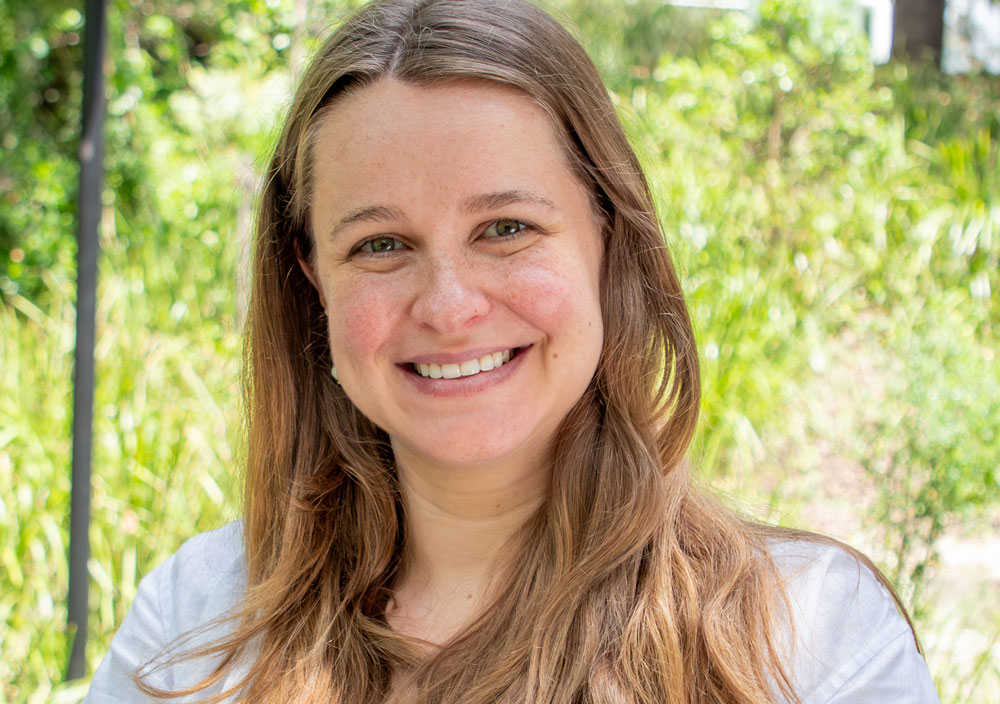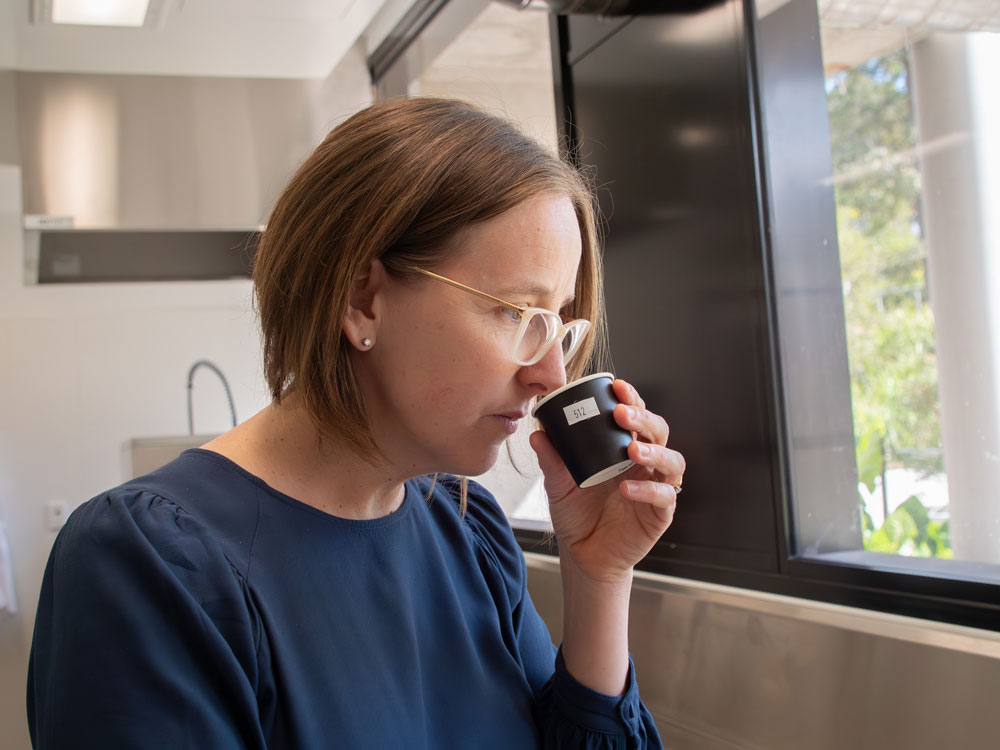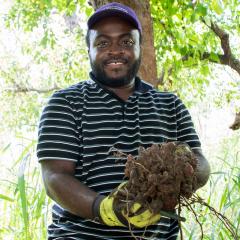A new method to deliver a quality cold brew coffee in less than 3 minutes solidifies Australia’s position as the innovators of modern coffee, according to researchers from The University of Queensland.
Engineers from University New South Wales developed an ultrasonic machine to speed up the cold brew of grounded coffee beans – a process that normally takes 12 to 24 hours.

Post doctoral researcher Dr Jaqueline Moura Nadolny said UQ scientists then tested the brew, finding the taste would satisfy fans of cold brew who rave about its smoother, less acidic and less bitter qualities.
“Once again, Australia has new technology at our fingertips that moves on from traditional methods of coffee making to modern methods, giving consumers a new premium experience,” Dr Nadolny said.
“Our sensory panel tastings proved that we can achieve a taste profile very similar to either a traditional cold brew or an espresso in the time it takes to brew a hot espresso."
The UNSW team led by Dr Francisco Trujillo superimposed their own patented sound transmission system on an existing coffee machine model.
The system connects a bolt-clamped transducer with the brewing basket via a metallic horn – transforming the coffee basket into a powerful ultrasonic reactor.
Dr Trujillo said the ultrasound process speeds up the extraction of the oils, flavours and aroma of the ground coffee.
“We’re able to demonstrate that this can be adapted to an existing espresso machine,” he said.
“We are very excited about developing this technology that can be used by companies that already manufacture coffee machines, so consumers can enjoy a 3-minute ultrasonic cold brew at home.

“This also opens the door for coffee shops and restaurants to produce on-demand brews comparable to 24-hour cold brews, supplying the rising demand while eliminating the need for large semi-industrial brewing units and the associated requirement for extensive refrigeration space.”
UQ Sensory Scientist and Flavour Chemist Professor Heather Smyth said the method had potential to expand Australia’s international reputation as coffee connoisseurs.
“We have some of the best brewsters in the world and here we have another Australian invention that delivers premium coffee experiences in an innovative way,” Professor Smyth said.
“Further work could explore different types of beans from different regions.
"And, for companies or cafes that specialise in single origin or high-quality beans, this would be another string to the bow to show-off yet another sensory dimension of coffee.”
The research was published in Ultrasonics Sonochemistry.
Images are available via Dropbox.
Media: Dr Jaqueline Moura Nadolny, j.mouranadolny@uq.edu.au, +61 466 918 630; Prof Heather Smyth, h.smyth@uq.edu.au, +61 468 732 394; QAAFI Media, Natalie MacGregor, n.macgregor@uq.edu.au, +61 409 135 651.
The Queensland Alliance for Agriculture and Food Innovation is a research institute at The University of Queensland supported by the Queensland Government via the Queensland Department of Agriculture and Fisheries.



